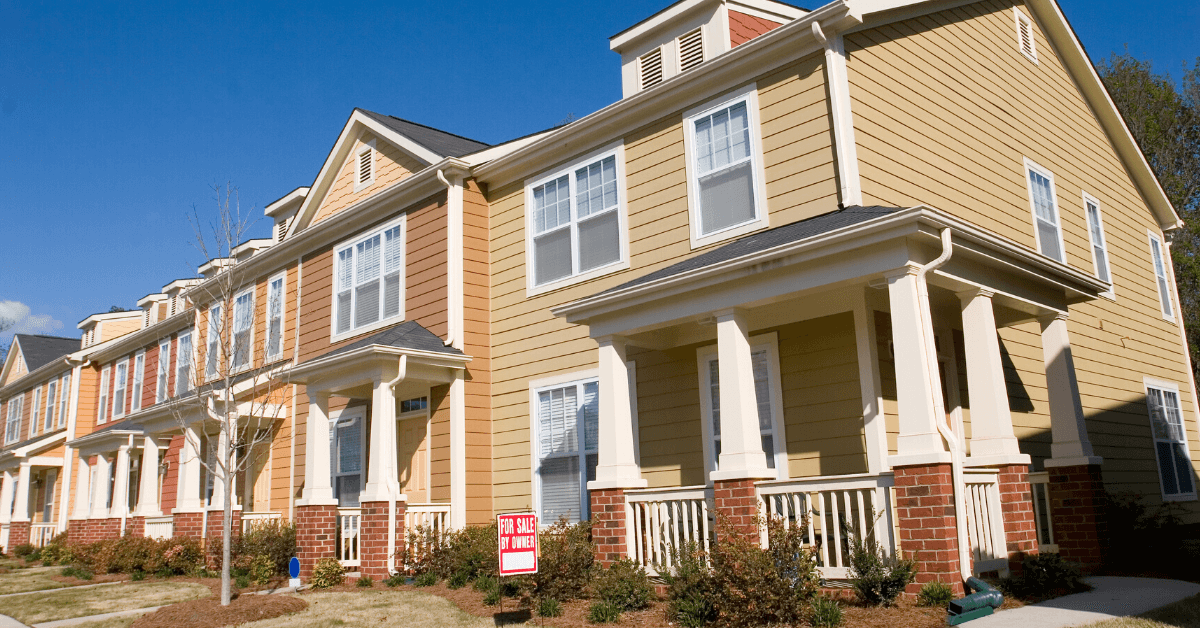
Queen City Still King
Growth, Opportunity and Availability Expected in Charlotte for Another 3-5 Years
While some housing markets in the United States struggle with affordability or even availability, others are flourishing and should continue to do so through at least 2024, if not longer.
Take the Charlotte market for example. It has been one of the fastest-growing cities in the United States this entire millennium, and although it is nearing the end of that growth arc, it’s still a place people want to live.
In May 2019, Charlotte surpassed Indianapolis as the 16th largest city in the United States and was one of only five of the top 20 to see population growth from 2017 to 2018.
And while housing affordability isn’t what it once was in Charlotte, when compared to other cities in the top 100 markets in the United States, it’s still attractive to a lot of people.
It, along with several other markets that are doing well, should all outperform initial projections for that market over the next three to five years, according to a study released in December by the National Association of REALTORS® (NAR).
“Some markets are clearly positioned for exceptional longer-term performance due to their relative housing affordability combined with solid local economic expansion,” said NAR’s Chief Economist Lawrence Yun. “Drawing new residents from other states will also further stimulate housing demand in these markets, but this will create upward price pressures as well, especially if demand is not met by increasing supply.”
The 10 most notable markets expected to outperform projections also included Charleston, S.C., Colorado Springs, Colo., Columbus, Ohio, Dallas-Fort Worth in Texas, Fort Collins, Colo., Las Vegas. Ogden, Utah, Raleigh-Durham-Chapel Hill in North Carolina and Tampa-St. Petersburg in Florida.
There were a number of factors that made these markets project to be the hottest as far as real estate over the next half-decade, including job growth compared to the national average, housing affordability, the structure of the age population, their attractiveness to retirees, how likely they are to attract new residents from out of the area and also the appreciation of home prices over time.
“Potential buyers in these markets will find conditions especially favorable to purchase a home going into the next decade,” said NAR President Vince Malta, broker at Malta & Co., Inc., in San Francisco. “The dream of owning a home appears even more attainable for those who move to or are currently living in these markets.”
About 14 percent of the total population in the Charlotte market (approximately 366,000 people) moved into the area recently, and 70 percent of those are renters. That rental number is high, mostly because there is a belief that Charlotte’s no longer as affordable to live in as it once was.
And while that may be true when compared to 20 years ago, it’s still one of the more affordable big cities in the country.
Consider that a sizeable number (56 percent) of those renters who recently moved to Charlotte can afford to buy a home at the median price of $265,800 assuming a 20 percent down payment. The median income of individuals who have recently moved to Charlotte is $58,000, which would also indicate those looking for workforce housing (middle-income earners) are still able to find what they need in this market.
The median age of these folks moving to the area is 29 years old, which is on the younger side for most markets. Considering 55 percent of them are married couples or families, it’s a sure bet that these individuals are looking for a place to set down roots for their families while finding a place that is affordable to live and work. The remaining 45 percent are single individuals, and considering the median age, are likely looking to begin their careers in a place they can afford to live. The average length of time for people to own a home in Charlotte is 11 years.
While some of the recent movers to Charlotte have come from other parts of North Carolina, the biggest groups of new residents are coming from out of state. People from New York, Atlanta and Columbia, S.C. are the three biggest groups of people moving to Charlotte with additional migrators from Washington D.C., Miami and Philadelphia.
Charlotte may not be the burgeoning destination location it was at the turn of the 21st century, but it’s still growing. It’s still attractive to many outsiders looking to escape the housing crunches in larger Eastern time zone cities, and it’s still a market that should outperform expectations as we move into the roaring twenties.
Time to Focus on Affordable Housing
Taxes on real estate are not the answer. Sign the petition calling on Congress to address our country’s housing shortage.





